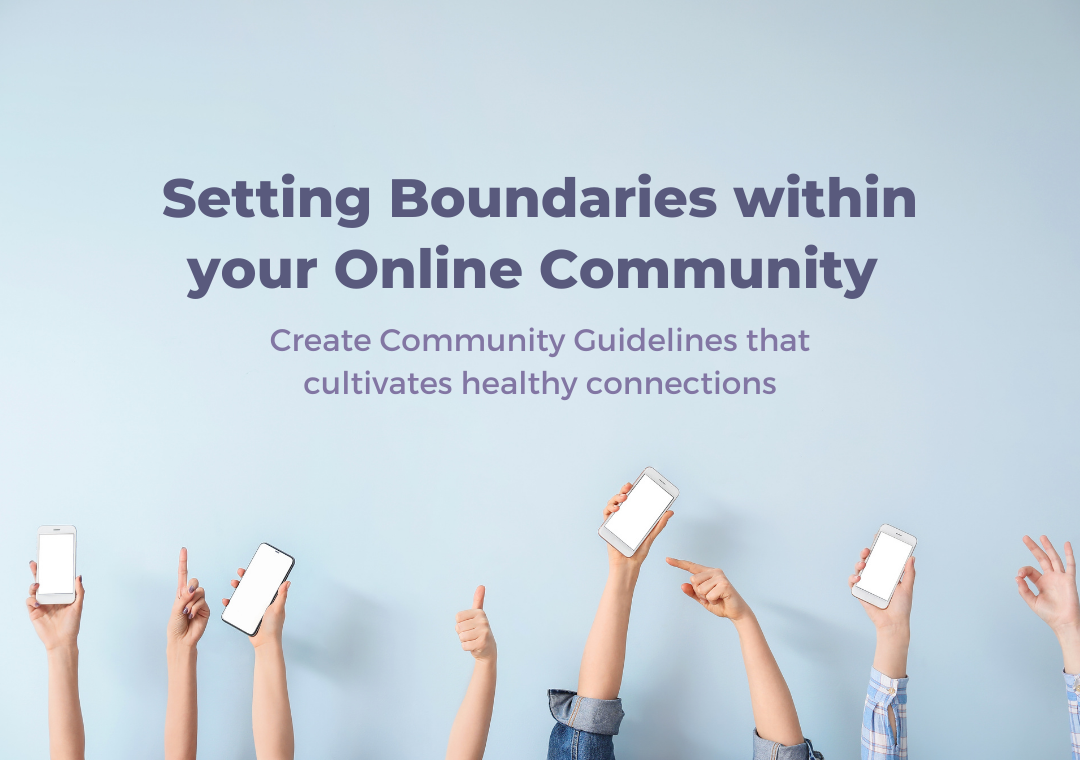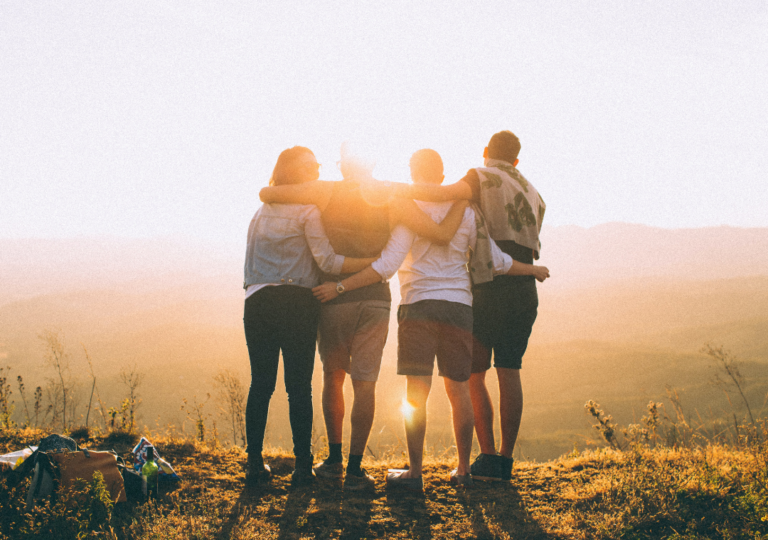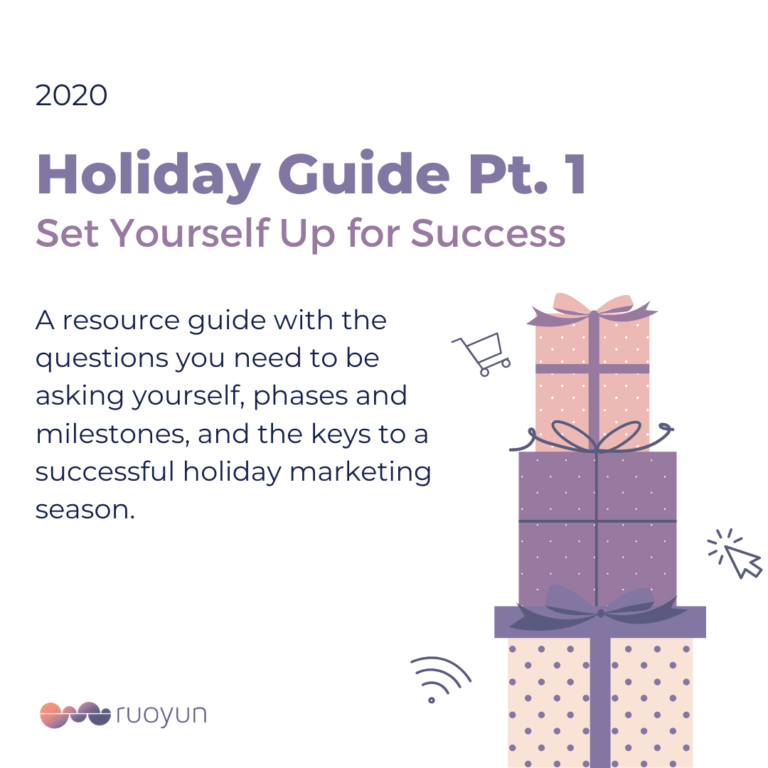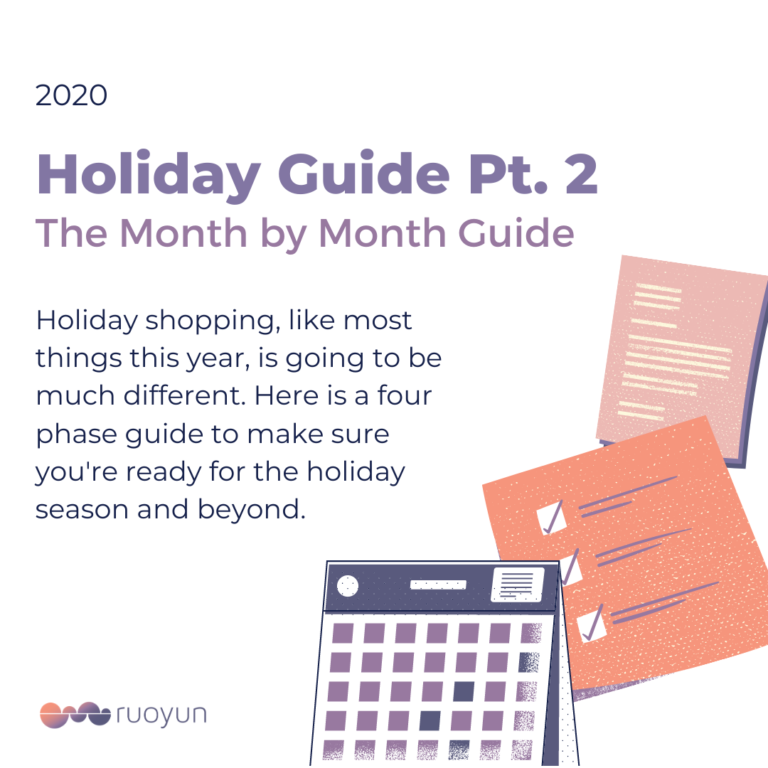Setting Boundaries Within Your Online Community
Create Community Guidelines that cultivates healthy connections
Social media isn’t about amassing a number of followers that will consume your content mindlessly. It’s about creating your online community to continue amplifying the impact you’re creating in the world. That means your audience will follow you because they are entertained by the content you’re creating or align to who your brand is and the impact you’re creating. They want to be a part of your community and meet like-minded people.
Your corner of the internet is like a networking room where you’re the host for your community to come in and feel safe and build connections with each other. Just like how you have boundaries set in how you manage the relationships with your customers in person, the same boundaries will be applied to your online community. These boundaries not only show up in how you’re handling negative feedback but also in times of crisis and surges of viral growth. When a brand experienced viral growth, that means they’ll go beyond their ideal customer and there will be a spectrum of opinions and these boundaries allow a brand to navigate all types of conversations without escalating a situation.
It’s a networking room, not a one-way street
Society has an old way of thinking that if you’re online and a public figure, you should be willing to accept any sort of comments. There is also a disconnect that because the internet feels one-way there is less accountability involved compared to in real life where an individual is held accountable for their actions by others around them.
So when a troll, which according to the Merriam Webster dictionary is someone who “antagonize (others) online by deliberately posting inflammatory, irrelevant, or offensive comments or other disruptive content”, is trying to criticize a creator, business, or individuals in brand’s community, it will come across as if they’re trying to emotionally attack you or others in your community.
However, the expectations are shifting as we’re acknowledging that there is a human being behind any type of social media account. Social media is a digital networking room and in reality, it’s a two-way street where we are interacting with another human being online. When someone lands on your profile or channel, they’re landing in your corner of the internet or networking room and you are able to create boundaries in how people will interact with you and other people who are a part of your community.
When I train team members who’re in charge of engaging with the community for clients, we discuss not just optimizing engagement but also filtering out the negative comments that may come their way. We recognize that there are users out there who still assume that social media is simply a forum to state their minds and not expect to be held accountable for the impact of their words.
So we create a system for the engagement manager to handle any type of interactions including handling:
- Our Ideal Audience
- Our Partners
- Bots/Spammers
- Not ideal audience
- Trolls or Critics
- Aggressive trolls or stalkers
When we break it down into these categories we’re defining:
- What our boundaries of engagement will be
- Understand why this group of people are acting in a specific way
It helps the individual who’s managing the relationships that we’re cultivating online to understand why boundaries have been crossed and how to re-iterate boundaries without escalating a situation.
Let’s start defining your boundaries
As you start creating the boundaries on how to interact with each type of people, we want to make sure that it ties back to the values of the brand. The values of a brand go beyond the values that you believe in that will be written on a cup but define how we choose to show up from our actions.
So key questions to ask yourself include:
- As a brand how do you act, walk and talk?
- How do you show up in a room?
- How do you want yourself and those in your community to be treated when they come to your corner of the internet?
- How would you want the people who come to your networking room to feel?
- What type of conversations and connections would you like to see sparked?
As you answer these questions it’ll start creating the boundaries and guidelines on how you’re going to handle interactions with anyone from those who want to dive into the nuances from the idea you sparked through your content to those who are against. As I mentioned before, these questions apply to both how you handle interactions online and in person. The biggest issue that happens is when a brand will say one thing online but may not follow through with their actions in person which will create a feedback loop that can escalate tensions.
How do you handle the negative comments in your community?
When it comes to handling negative interactions, we can choose violence or compassion. It’s really easy to get caught up in the comments cause it can come across as someone personally attacking you but realize the person who chose to hurt you is oftentimes going through their own pain and lashing out. Trolls thrive off of attention from you. So it’s your choice on how you respond. At the end of the day, they’re most likely a hurt person who wants to vent out their anger at the world. It’s not your responsibility to heal or deal with their pain. The main responsibility we have as the “host” of our corner of the internet is cultivating how our community interacts with each other. Just like how we would show up in real life in our teams as leaders, the same applies to how we interact with our community.
Let’s start with taking a deep breath and remember that you are talking to another human being. Imagine if they said their comment to you in person and ask yourself:
- Would they have actually said the comment in real life? If the answer is no, then we would need to pause to see if it’s worth responding to them because we know they did it for attention. Trolls do feed off attention from you and others in the community. So even if you do not choose to respond your fans may respond so you will need to decide when it’s time to draw the line. If they turn aggresive and decide to go in through the comments of other commenters then you can come in as a host and draw a line in the sand and you will have a right to block them off of your account.
- The big question is really does it serve you to react in kind? It’s normal to want to react in a defense mechanism but it can oftentimes feel very exhausting. If the answer is no, then let’s redirect to say how we can make this conversation more productive.
- What do you want to see changed by reacting? You’re spending energy reacting to a negative comment rather engaging in positive comments from other commentors. So is the intention of reacting to reaffirm your existing boundaries or because you want justice for their actions?
- What do you want others to feel seeing how you’ve responded? How you choose to show up will, in turn, show your community how to respond to trolls and negative comments. Just like being a leader in person, we are showing through our actions to our team how our culture treats the humans inside of the company and the community.
Comments in the threads of your posts are just like when someone writes a review on your business except they’re giving feedback or reviewing your content. So just like how someone would give feedback on a business, how we chose to respond will be the same.
Owning Your Own Space
When it comes to owning our space, you would be reflecting the boundaries that you have set at an individual engagement level to be a standard set across the board for everyone. As you grow in followers, it will become exhausting to reply to every single one so creating community guidelines and expectations are the way to welcome any new follower to your networking room and the intention of how we’re cultivating our community. The examples I have shared below are of creators that I’ve found are showing what they value and creating boundaries so that they, as the brand, and others in their community can continue interacting peacefully in a really great way.
For example, David Suh is a photographer, creator, and business owner who teaches people to be comfortable and confident in their own skin while being on camera. While most of his content is designed to educate his audience in a fun way because he touches on subjects like personal confidence and body positivity meaning it maybe trigger others. Body positivity is a huge trigger topic at times for people, especially in how society can view your body to your standing as a human being.
I love how he’s been able to set boundaries and expectations in how new followers can interact with his content and others in his community as his following continues to skyrocket. He’s created this video explaining for someone to watch before they deep dive to any of his posing videos:
All the while he has held his ground to those comments that he believes are unacceptable and created content that allows him to call out that it’s not ok but do it in a non-aggressive way. He also continues to back up his beliefs through the comments section in his videos.
Owning your space applies to all brands
Just like how we’d expect businesses to own the space that they’re hosting, this will also apply to accounts that aren’t related to a human. For example, Meeka the husky is an adorable husky whose owner recognizes that even they have feelings. Yes, even the dog, plant, or food accounts are also managed by a human creator. Just because you’re not seeing their face on camera doesn’t mean they don’t have feelings.
Most importantly, pace yourself
No matter how you choose to create standards of interaction in your community, be mindful that you too are human. It’s really easy for nurturers who want to help create a good impact on the world to feel like they need to be the person to fix everything. Just like in business, we recognize that we’re not robots and can’t do everything. Remember the same thing applies as a community manager or host. If we are running on empty, we’re likely to activate out of fear over compassion and then we feel worse. 1
Give yourself space to recharge and remember it’s one step at a time.
About the author
Ruoyun Xu Killian, business advisor and speaker, is on a mission to put the human experience back into digital marketing. With over 10 years in the Social Media Marketing industry, she works with businesses and organizations to amplify the impact they’re creating through Human-Centered Marketing. As a previous digital marketing agency owner, she has recruited and trained over 30 creatives and now guides scaling brands to build out their internal marketing teams.






